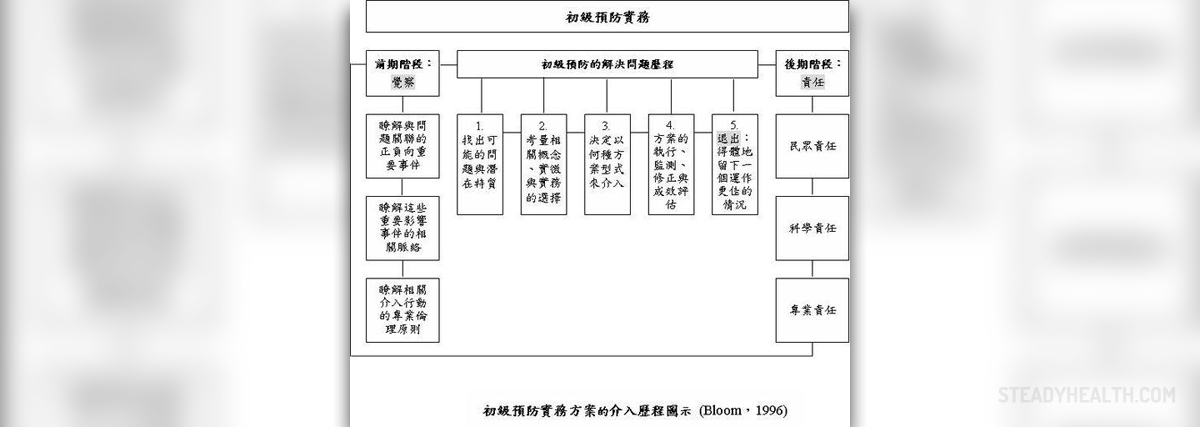
People who have to use urinary catheters are generally more susceptible to urinary tract infections no matter if the catheter has to be worn only temporarily or for a long period of time. Still, there are certain measures which, if applied properly, may reduce the risk of contracting urinary infection. If infection in spite of all preventive measures and precaution develops, patients require prompt treatment only with antibiotics which can eradicate bacteria responsible for the infection.Colonization of Urinary Catheter
Many microorganisms colonizing urinary catheters originate from the patient's colonic and perineal flora. Escherichia coli is only one example of such microorganisms that frequently causes infections in people who wear urinary catheters. Furthermore, microorganisms may originate from the hands of healthcare personnel engaged in insertion/ manipulation with the catheter. Once the catheter is inserted, infection may be connected with extraluminal contamination by microorganisms found inside the urinary tract.
There are certain factors which contribute to urinary catheter infection. It is almost impossible to avoid this infection if catheter is worn for a long period of time. Infection is also more frequent in case there are stasis and overdistension. Being a female and an older patient are two more factors which increase the risk of urinary catheter infection. And finally, neonates and immunocompromised patients develop such infection more easily.Prevention of Urinary Catheter Infection
It is essential to develop appropriate strategy and try to prevent urinary catheter infection or at least postpone infection in people who are doomed to wear catheters for the rest of their lives.
The first thing is proper insertion of the catheter, which is supposed to be performed by a well experienced professional and under strict aseptic conditions. Inadequate hand hygiene as well as failure to maintain a clean insertion procedures are closely related to occurrence of the infection. In this initial phase the risk of introducing bacteria and other microorganisms into the previously healthy urinary tract can significantly decrease, if not to be completely eliminated.
Once the catheter is inserted it is essential to pay close attention and maintain impeccable hygiene of the genital area. Proper handling the catheter tubes as well as the bag reduces the risk associated with urinary infection. The bag must be lower comparing to the catheter. This position does not allow the urine to move back into the bladder and lower portions of the urinary tract. And one should abstain from pulling, yanking and twisting of the catheters. These activities may contribute to the infection.
Last but not least, education of health care professionals, patients and caregivers is of major importance in prevention of this type of infection. Therefore, such individuals must be fully informed about the procedure and hygiene maintenance.

















Your thoughts on this
Loading...